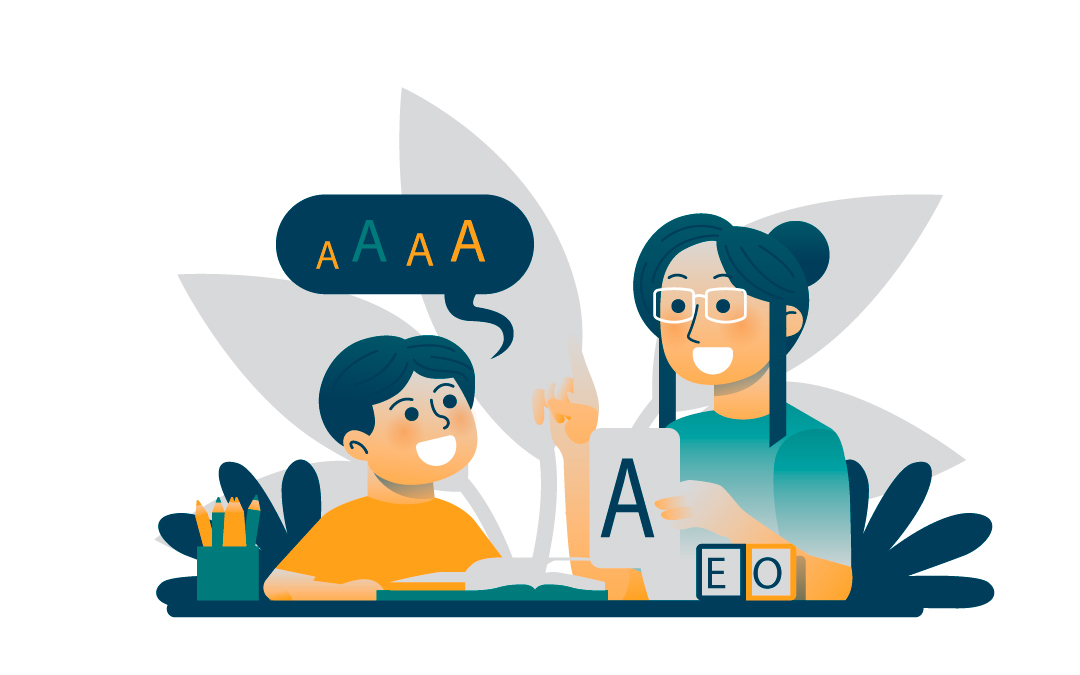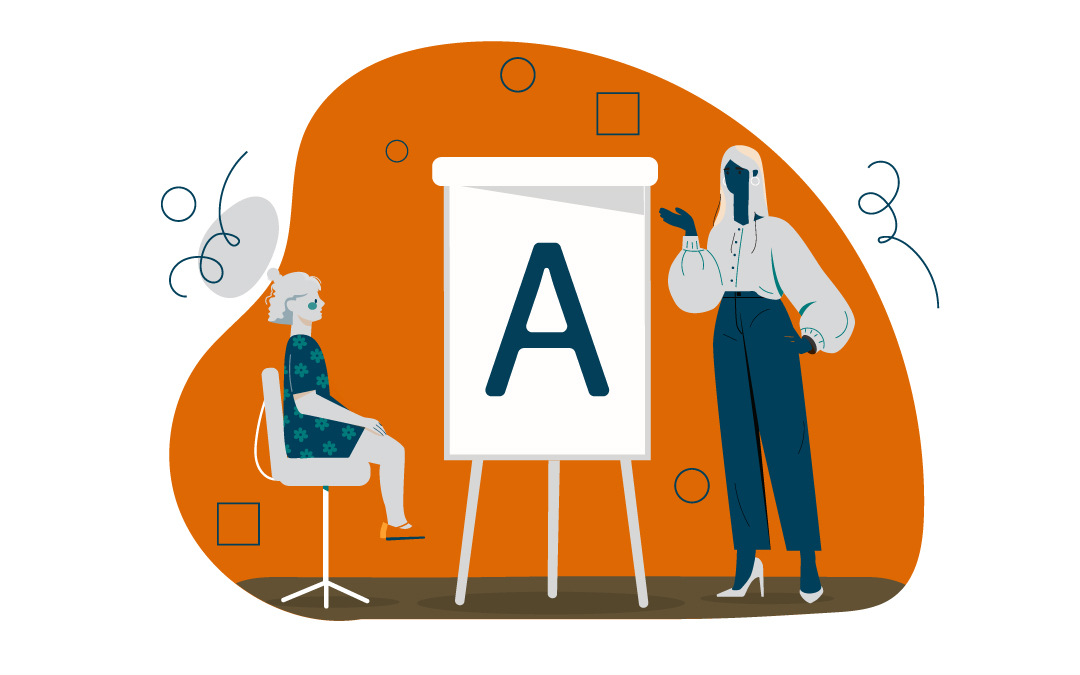There’s no single right way to teach. What works for one group of students might fall flat with another. That’s why learning about different teaching styles—and knowing when to use them—is so important. If you’re a new teacher or looking to refresh your classroom approach, understanding these styles can help you reach more learners and create a more engaging experience for everyone involved.
Below, we’ll walk through six teaching styles you can experiment with. Some lean more traditional, others focus heavily on student input and exploration. The key is flexibility: try them out, mix and match, and adjust based on what your students respond to best.
1. The Traditional (Teacher-Centered) Approach
This is the classic setup: the teacher leads, and students follow. Lessons are usually delivered through lectures, with the teacher explaining concepts while students listen, take notes, and absorb the information.
This style can be especially useful when students are learning something completely new or need a strong foundation. Think of a math class where formulas need to be introduced clearly before students can apply them on their own.
Strengths:
– Efficient for covering lots of material quickly
– Gives students structure and consistency
Watch out for:
– Less student interaction can lead to disengagement
– May not suit learners who benefit from hands-on or group activities
Some educators combine this approach with periodic check-ins, like asking students to reflect on what they’ve learned so far or encouraging short Q&A breaks. Even small moments of interaction can help keep students involved.

2. The Student-Centered Style
With this teaching style, students take a more active role in the learning process. Instead of just listening, they collaborate, ask questions, and often help steer the direction of class discussions or projects.
This approach thrives on flexibility. Teachers still guide the class, but they respond to student input and interests. You might pose a question, then let students explore solutions in groups or independently.
Strengths:
– Encourages critical thinking and creativity
– Builds confidence and communication skills
Good fit for:
– Diverse classrooms where students bring different perspectives and ideas
You might start a unit by asking students what they already know about the topic or what they’re curious about. From there, you can build lessons that address those questions, making the material more personal and meaningful.
3. The Facilitator Style
Think of this teaching style as being a coach on the sidelines. You set the goals, pose the challenges, and help students stay on track, but you don’t do all the talking. Instead, you ask questions that prompt deeper thinking and guide students as they problem-solve.
This method works well when you want students to explore complex topics or analyze real-world issues.
Tips for using this style:
– Use open-ended questions to spark discussion
– Let students debate, brainstorm, and reflect out loud
– Introduce case studies or scenarios to analyze
A great example of this in action is a Socratic seminar, where students lead the conversation by responding to a text and each other. Your role becomes one of quiet guidance—nudging the conversation when it stalls, or asking follow-up questions to dig deeper.
4. The Demonstrator Style
Also known as the “coach” approach, this style blends lectures with visual aids and hands-on examples. You might show a video, walk through a science experiment, or model a skill in real time.
This style is ideal for subjects that require students to see something in action—like how to solve a math problem, draw a diagram, or perform a musical piece.
Why it works:
– Supports both visual and kinesthetic learners
– Makes abstract ideas easier to understand
Challenges:
– Can be harder to pull off in large classrooms without enough resources or space
Many teachers using this style incorporate technology to supplement their demonstrations—like using digital drawing tools, interactive simulations, or virtual labs. These tools can offer a clear visual aid even when physical materials aren’t available.

5. The Delegator Style
Ready to hand over the reins? The delegator style puts students in charge of their learning. You act more like a guide while they work in groups, plan presentations, or teach each other.
This teaching style is especially helpful for fostering collaboration and ownership. Students might be tasked with researching a topic and leading a mini-lesson or project.
Strengths:
– Encourages leadership and teamwork
– Helps students learn by doing
Keep in mind:
– It takes time for students to adjust to this level of independence
– Some might need extra support to stay on track
Peer-led activities in this format can be surprisingly powerful. Watching a classmate explain a concept in their own words can sometimes make more of an impact than hearing it from a teacher. It’s also a great way to build classroom community.
6. The Hybrid Style
As the name suggests, this is a blend of several approaches. You might lecture during part of a lesson, then switch to small group work, followed by a short video or quiz.
Hybrid teaching is great when you have a wide range of learners or content that needs different formats. It also makes room for technology, which can help reach students in and out of the classroom.
Why teachers love it:
– Adapts easily to different student needs
– Keeps class dynamic and engaging
Tip: Have a clear plan, so the transitions between methods feel intentional rather than scattered.
Many educators who use hybrid teaching will shift between digital tools (like Google Classroom, Kahoot, or Flipgrid) and face-to-face interaction. This combination can help balance independent study with collaboration, giving students multiple ways to engage with the material.
Choosing What Works in Your Classroom
There’s no formula for picking the perfect style. A lot of it comes down to trial and error, as well as what you feel most comfortable with. You can also observe how your students respond to different teaching styles. Are they asking questions? Do they seem excited or bored? Their reactions are your best guide.
Combining methods is another great way to experiment—perhaps start with a short lecture (teacher-centered), move into a group activity (delegator or student-centered), and end with a class discussion (facilitator).
Quick questions to consider:
– Do your students prefer working alone or in groups?
– Are they more responsive when they’re hands-on?
– How comfortable are you with trying something new?
– Do you have the time and tools to support more than one teaching style?
You might also find it helpful to involve your students in this conversation. Ask them how they prefer to learn or what kinds of activities help them feel most engaged. Their input can help shape your lessons in ways that make a real difference.

Final Thoughts
Great teaching isn’t about sticking to one style—it’s about knowing your students, staying curious, and being willing to switch things up when something isn’t working. By learning and experimenting with these six teaching styles, you give yourself more ways to connect with students and bring your subject matter to life.
Remember that no two classes will respond exactly the same way. What worked wonders last year might fall flat this time around. That’s okay. Stay flexible, keep trying new things, and treat each teaching style like a tool in your toolkit.
Over time, you’ll develop your own rhythm and a personalized teaching approach that reflects both your strengths and your students’ needs. And that’s where the magic happens!
Frequently Asked Questions
What’s the biggest difference between teacher-centered and student-centered styles?
It comes down to who does most of the talking and decision-making. In teacher-centered classrooms, the teacher leads the show. In student-centered ones, learners take more initiative and drive the discussion.
Can I use more than one teaching style?
Absolutely. In fact, blending styles is often the most effective approach. You can adapt based on your subject, your students, and even how your day is going.
What makes hybrid teaching effective?
It brings together the best of different methods and allows you to adjust your delivery for various learning needs. It also opens the door for using technology in thoughtful ways.
How do I figure out which style suits my students best?
Watch how they respond. Try different approaches and ask for feedback. Pay attention to their energy levels and how well they grasp the material.
Where does technology fit into all this?
Tech tools can support almost any style—from online quizzes and discussion boards to interactive simulations. The key is using it purposefully, not just for the sake of it.
Spotlightr Video Hosting For Your Course
Discover why Spotlightr is the #1 choice for course creators and e-learning professionals.
Register for a free 2 week trial, no credit card required.

